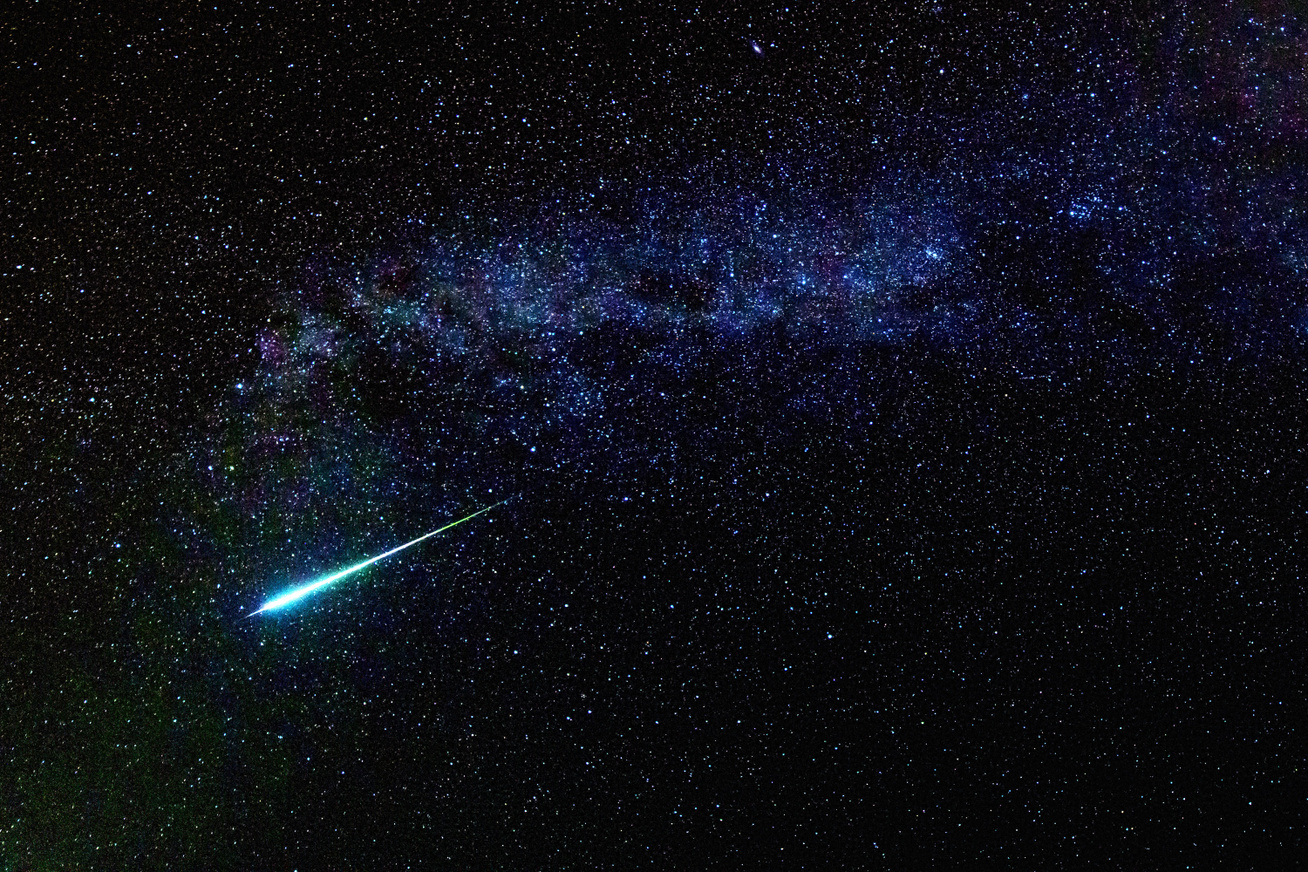A Shooting stars of Perseids they will be most spectacular on the nights of 12 and 13 August. The “One Week Under the Stars” program series various astronomical associations will be waiting for those interested in more than 30 stations, the Svábhegy Observatory to MTI.
The shooting stars of the Perseids appear in the night sky as the most observable meteor shower of the year. At least 20-30 shooting stars can be expected per hour – read the announcement.
As they write, the peak of the Perseida meteor swarm takes a relatively long time, so it will be worth exploring the sky on the surrounding nights, the night of August 11th and 13th. The Perseids arrive from the direction of the north-eastern sky at 10 a.m. from dusk. However, flashes can appear 40-50 degrees farther from the radian. The Moon will rest relatively early this year, further increasing the chances of a successful shooting star.
The shooting stars are actually tiny, mostly dust-sized micrometeoroids, typically scattered by comets and sometimes asteroids in their orbits around the Sun. As the Earth circulates annually, it passes through these loosely bound, sparse clouds of dust, colliding with the debris left behind by comets.
Scattered shooting stars can be viewed in the sky at any time, however, in practice they are quite rare. However, there is a much better opportunity to view them as the Earth passes through a fresher cloud of dust each year, which has been left behind by comets in the Inner Solar System in recent years or decades. Dozens of the massive, swarming shooting star showers we experience at this time are known, including the Quadrantids, Geminids, Leonids, or Perseids. Interestingly, they were named after a constellation designated by the direction of arrival of the shooting stars, the shooting stars apparently radiating from a radian point on that constellation, the communicator recalls.
Jupiter and Saturn, the most beautiful summer constellations and nebulae, can still be examined more closely with large telescopes in the summer programs of the Svábhegy Observatory.
More information about the Perseida meteor swarm can be found on the Svábhegy Observatory blog – the summary states.
Source: MTI
Photo: Getty Images
–


